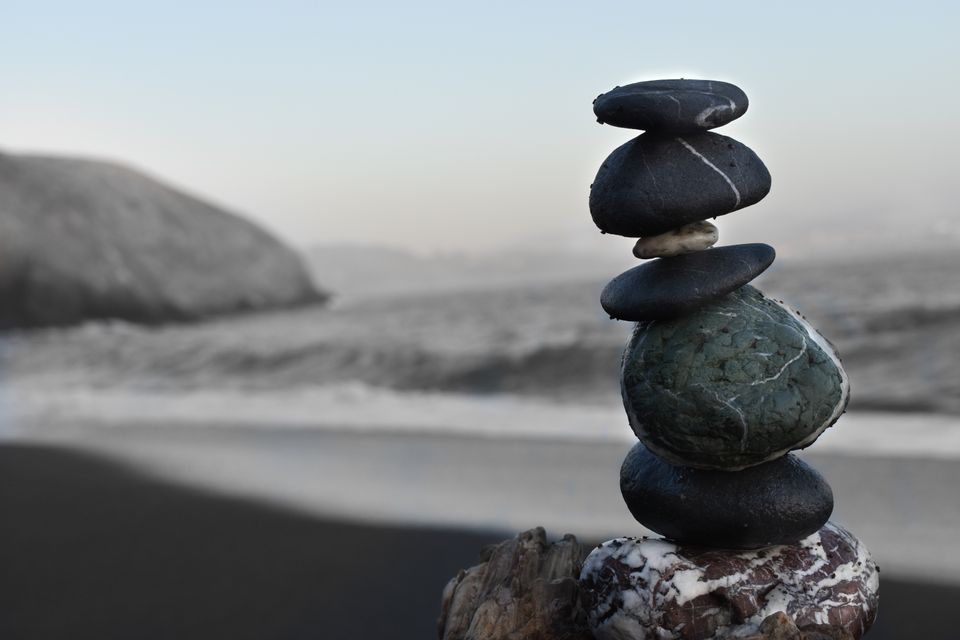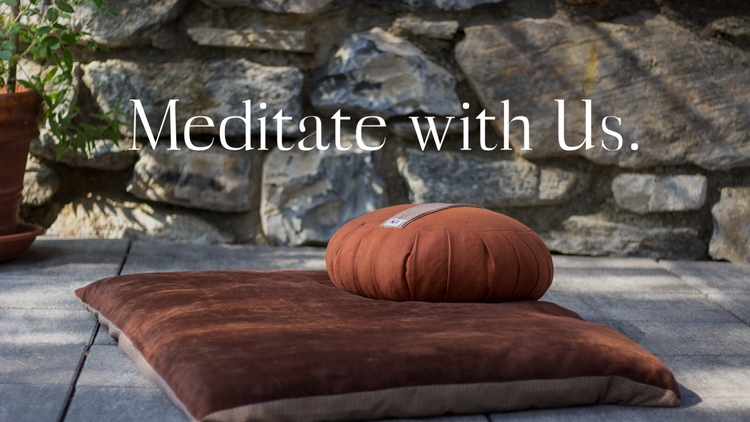Equanimity: The Middle Way Between Pessimism and Optimism

If we want to build a better future, we need to change how we relate to the world.
It's easy these days to feel like we are always in crisis. We are constantly inundated with bad news. Society seems to be falling apart at the seams. Climate change is on the brink of causing widespread suffering and losss.
Everything seems important, but nothing seems actionable.
It's easy to fall into a pessimistic mindset when this is the reality we experience. When everything around us is falling apart, it's easy to grasp onto that story and fall into feelings of despair and helplessness.
Our mindset affects how we relate to the world.
A pessimistic mindset is narrow and rigid. It might be 'realistic' in some cases, but it often fails to acknowledge that reality is always workable, whether that be through action or simply through questioning the story we are repeating to ourselves.
Of course optimism is a mindset that is more open and sees the possibility for a better future. Optimism too is a story, a story about what we believe is possible, what we hope will pan out, and what we work towards making true.
If our mindset determines how we relate to the world, then it seems like optimism is the path to take. But there might be a better path between rigid pessimism and hopeful optimism– equanimity.
Equanimity is a mindset that is stable in the face of adversity, and yet understanding and accepting of the way things are. We don't have to be overwhelmed when things don't go our way. We can choose to engage with the world from a place of grounded presence and understanding, willing to work with challenges on the road to building a better tomorrow.
A mindset of equanimity isn't flat or aloof. It is engaged and responsive, moving from a place of openness and acceptance.
If we want to build a better future, we can choose to not caught up in the highs and lows of daily life. Through our practice we can develop understanding of how things are, encounter the truth of suffering in its myriad forms with openness and curiosity, and act from a place of responsiveness and possibility.
Trying to make optimism a daily practice is often just wishful thinking. Equanimity however, is grounded in the truth of our experience and is something we can work on developing.
Making a practice of equanimity starts with finding it on our meditation seat.




